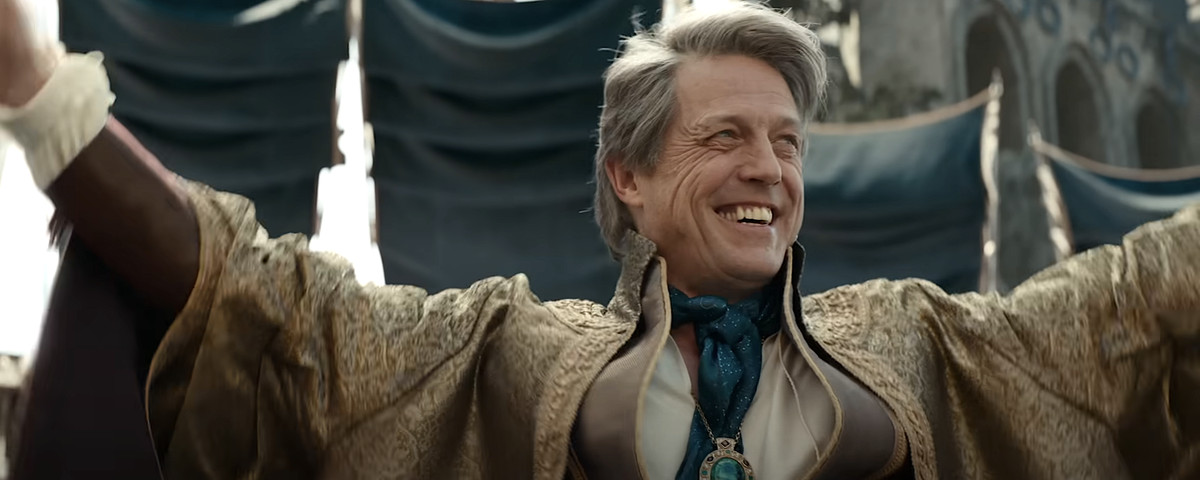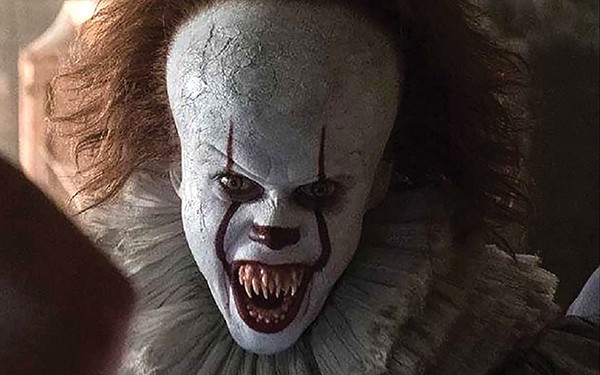In the 50 years since Gary Gygax and Dave Arneson’s first gaming session in a Lake Geneva, Wisconsin basement, Dungeons & Dragons has gone from weird niche hobby to Satanic plot to widely influential pillar of popular culture. Game concepts like hit points, character classes, and alignment which underlie everything from Final Fantasy to Grand Theft Auto began with D&D. Now in its fifth edition, the game is more popular than ever; current owners Wizards of the Coast estimates there are more than 50 million players worldwide.
D&D has evolved over the years. Coming from the tradition of H.G. Wells’ Little Wars and military tabletop training exercises, Gygax and Arneson were mostly concerned with creating a set of rules for simulating medieval combat and magic. In 1980, The Straight Dope described D&D as “a game that combines the charm of a Pentagon briefing with the excitement of double-entry bookkeeping.”
But what most players found fascinating was creating characters and participating in derring-do. D&D 5E and other contemporary role playing games like Stars Without Number are primarily story creation engines. A typical D&D game in 2023 is equal parts improv theater and group problem-solving exercise — a game of craps with a plot.

The setting that Gygax and company envisioned for their game was a mix of real details from the Middle Ages (Gygax had a peculiar obsession with halberds) and Romantic and fantasy literature from Ivanhoe to The Eternal Champion. Knights and kings rub shoulders with wizards and griffons. A part of the game’s appeal is that everyone can create their own fantasy stories, but in practice, the characters and plots created rarely rise to the majesty of Tolkien or exhibit the moral clarity of Le Guin. But so what? The important part is, you’re the one who gets to make the choices, reap the rewards, and suffer the consequences.
D&D was catapulted into the mainstream when Eliot played it in E.T.: The Extra Terrestrial, but four previous attempts to adapt it for the big screen (not to mention the beloved but terminally corny animated series) have been abject failures. Dungeons & Dragons: Honor Among Thieves avoids the traps its predecessors fell into by taking the source material as seriously as the average player takes their gaming sessions. In other words, it’s an action comedy.

Edgin (Chris Pine) is a bard who ditched his vows as a Harper to take a few levels as rogue after his wife was killed by vengeful Red Wizards of Thay. He finds crime pays better than heroism, and forms an adventuring party with the barbarian Holga (Michelle Rodriguez), the sorcerer Simon (Justice Smith), and charismatic thief Forge (Hugh Grant in full camp mode). They meet the warlock Sofina (Daisy Head) in a tavern, who enlists them in her quest to burgle a Harper trove which she says contains a magic item that could bring Edgin’s wife back to life. Leaving daughter Kira (Chloe Coleman) behind, Edgin leads the party into the vault, only to be betrayed and left to be captured.
Two years later, Holga and Edgin escape the slammer. Forge has parlayed his ill-gotten gains into the lordship of Neverwinter, with Sophina as his trusted advisor, and Kira his adoptive daughter. Instead of the family reunion they were expecting, Forge marks them for execution, so they’re on the run again. Such is the life of the freelance murder hobo.

In true D&D fashion, each new obstacle in the party’s path leads to a mini-quest. To redeem himself with his daughter, Edgin must plan a new heist that will expose Forge as Sophina’s catspaw. To do that, he needs a magic helmet. To find out where the magic helmet is, he must speak with the dead. To do that, he needs his old friend Simon, the shapeshifting druid Doric (Sophia Lillis), and the paladin Xenk (Regé-Jean Page). And so on.
The usual problem with adapting games into film is that there’s not enough plot to hang a story on (I’m looking at you, Angry Birds.) D&D is nothing but stories. Honor Among Thieves feels like something a dungeon master would cook up for a campaign. Directors Jonathan Goldstein and John Francis Daley, who did the sleeper hit action comedy Game Night, understand that formulating an overly complex plan and then bickering about who messed up the plan is the real essence of the game. The action sequences are generally well done, and — with the exception of a bravado one-shot sequence where the shape-shifting Doric escapes from a castle —succinct. The magic duels are actually creative, not just wizards unimaginatively shooting lasers at each other like in so many Harry Potter movies. For longtime players, it’s thrilling to see Monster Manual entries like Displacer Beasts and Gelatinous Cubes come to life — proving that these classic creature designs are still superior to most modern Hollywood imaginings.
Pine, who has been great in everything for years, finally comes into his own as a movie star. The chemistry between him and his team ultimately elevate Honor Among Thieves. What the film most resembles is the low- to mid-budget fantasies of the 80s, like Willow, Ladyhawk, and Legend. Even for the uninitiated, it’s still good fun.


